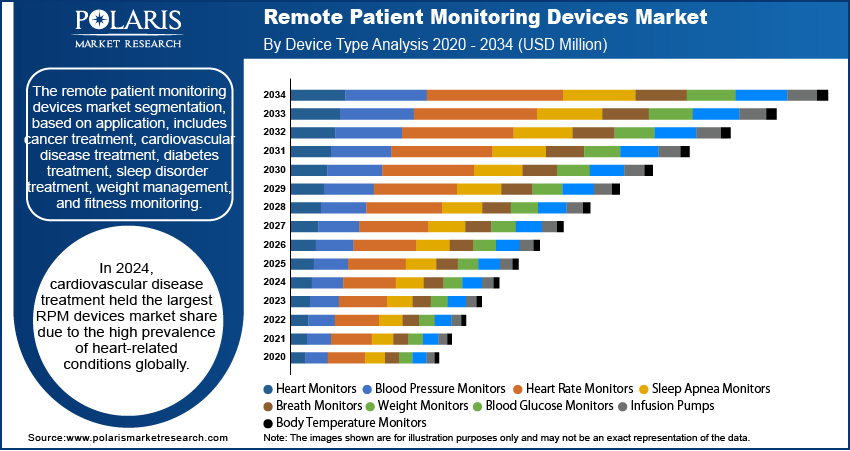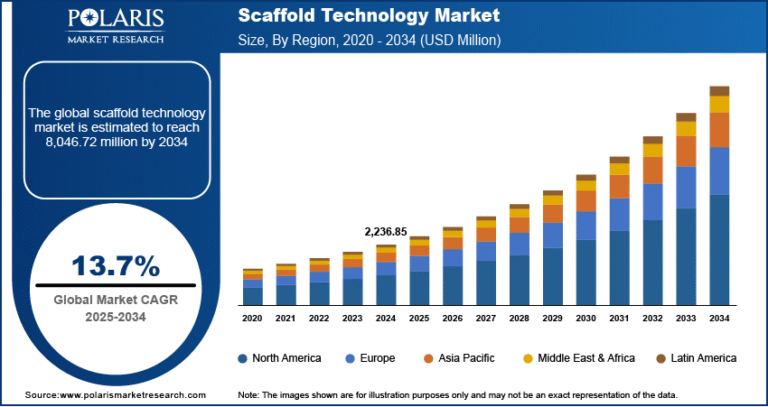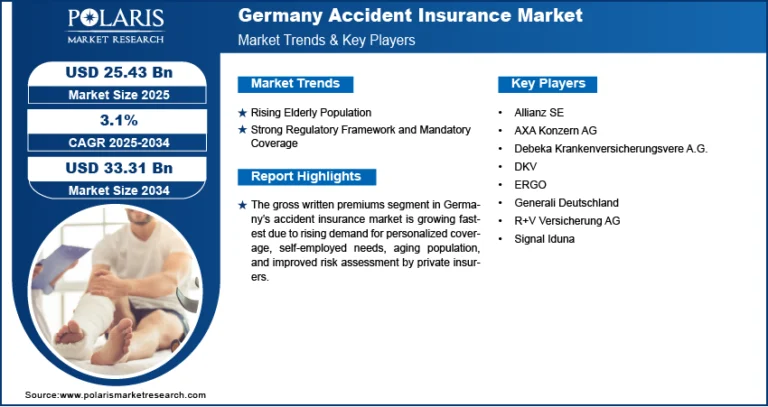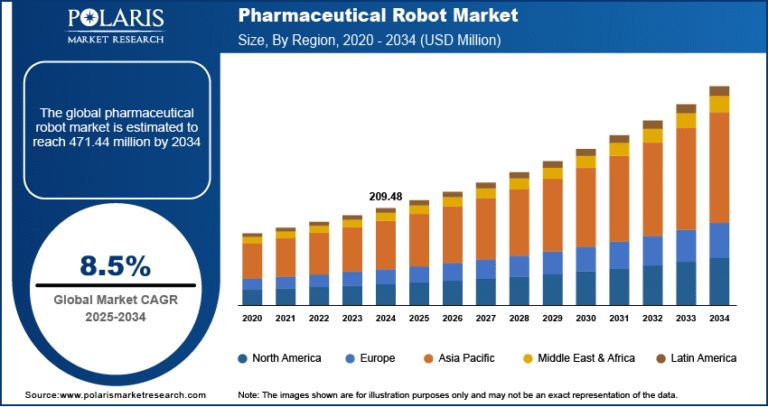Remote Patient Monitoring Devices Market anticipated to reach USD 5,847.36 million by 2034, expanding at a CAGR of 10.0%.

The global remote patient monitoring devices market was valued at USD 2,270.01 million in 2024 and is projected to rise from USD 2,479.99 million in 2025 to USD 5,847.36 million by 2034, registering a compound annual growth rate (CAGR) of 10.0% over the forecast period from 2025 to 2034.
Remote Patient Monitoring Devices Market – Trends & Insights
- Rising Demand for Chronic Disease Management
Increasing prevalence of chronic conditions like diabetes, hypertension, and cardiovascular disorders is driving the need for continuous patient monitoring, boosting the adoption of remote monitoring devices. - Integration with AI and IoT Technologies
Advanced features such as AI-powered analytics, IoT-enabled data sharing, and real-time alerts are enhancing diagnostic accuracy and making remote monitoring smarter and more proactive. - Growing Preference for Home Healthcare
Patients and healthcare providers are increasingly shifting toward home-based care models, making portable and user-friendly remote monitoring devices essential for cost-effective and accessible healthcare delivery. - Regulatory Support and Reimbursement Policies
Government initiatives and favorable reimbursement frameworks in several countries are supporting the rapid deployment of remote patient monitoring solutions across hospitals and home care settings.
Market Size & Forecast
- Market Size Value (2025): USD 2,479.99 million
- Revenue Forecast (2034): USD 5,847.36 million
- CAGR (2025–2034): 10.0%
𝐆𝐞𝐭 𝐄𝐱𝐜𝐥𝐮𝐬𝐢𝐯𝐞 𝐒𝐚𝐦𝐩𝐥𝐞 𝐏𝐚𝐠𝐞𝐬 𝐨𝐟 𝐓𝐡𝐢𝐬 𝐑𝐞𝐩𝐨𝐫𝐭:
https://www.polarismarketresearch.com/industry-analysis/global-remote-patient-monitoring-devices-market/request-for-sample
Market Overview
The global remote patient monitoring (RPM) devices market is undergoing significant growth as healthcare systems transition toward more decentralized and patient-centric care models. RPM devices play a crucial role in enabling real-time monitoring, early intervention, and better chronic disease management outside traditional clinical settings. The rise of digital health, combined with improved connectivity and wearable technology, is accelerating the adoption of these tools among both healthcare providers and patients.
In addition, the COVID-19 pandemic further highlighted the importance of remote care, leading to a lasting shift in how healthcare services are delivered. As health systems continue to prioritize telehealth, RPM solutions are becoming integral to preventive care strategies, especially in aging populations. Innovations in wireless technology, mobile apps, and cloud-based platforms are also expanding the scope and scalability of remote monitoring across global markets.






